
Articles on Thunderstorms
Displaying 1 - 20 of 21 articles

Extreme winds from thunderstorms have downed transmission towers from Victoria to Western Australia in recent years. What’s going on?

A new study shows how often lightning strikes and how it behaves, often hitting the ground with multiple strikes from the same flash.

A number of environmental factors, including thunderstorms, are likely to be contributing to the current hay fever havoc.
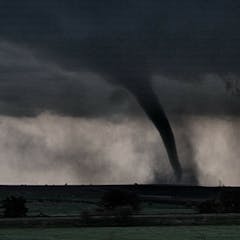
Researchers are turning to computer models, drones and other methods to improve tornado forecasting.

Lightning doesn’t travel in a straight line, with many so-called ‘leaders’ coming down from the cloud in a series of jagged steps. Until now, no one has known why.
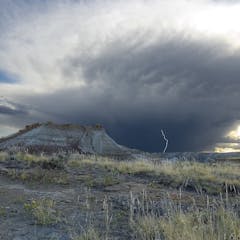
Are severe and extreme weather events on the rise? And does this have anything to do with manmade climate change? The simple answer is: it’s complicated.

Fires today are hotter and more destructive, thanks in part to a warming climate.

Would you trust a weather forecast made by a machine that had learned how weather systems behaved by reviewing thousands of past weather maps?
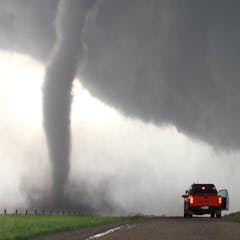
Studies show tornadoes are getting more common and more intense, and they’re shifting eastward to a new tornado hot spot.

Extended periods of rain are most likely found in locations where mountains are near oceans.
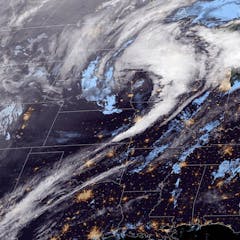
Forecasters described it as a ‘historical weather day.’ An atmospheric scientist who was at the heart of the storms explains what happened.

Monsoons are weather patterns that bring thunderstorms and heavy rains to hot, dry areas when warm, moist ocean air moves inland. They’re challenging to forecast, especially in a changing climate.

An atmospheric scientist and sailplane pilot describes why large areas of burned land can produce clouds and rainstorms.
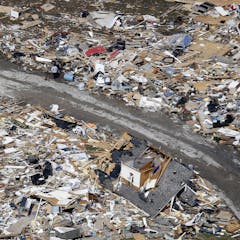
With the onset of spring come thunderstorms, and sometimes tornadoes. Learn how these systems form and why night tornadoes are especially deadly.

Volatile, unstable air means that it is very tricky to work out exactly where each thunderstorm will be.

Why is thunder so loud? It’s because the amount of electrical energy that flows from the cloud to the ground is so enormous.

An atmospheric scientist explains why water can do some strange-looking things at very cold temperatures, and what’s different about snowfalls on Mars.

There are many reasons to be careful when there’s a big storm. But there are also ways you can protect yourself to avoid lightning.

The future climate that scientists predict for the middle of the United States is one that will foster more hail events with bigger hailstones.

When you see a bolt of lightning, do you immediately start counting to see how far off a storm is? An atmospheric scientist parses the practice.
